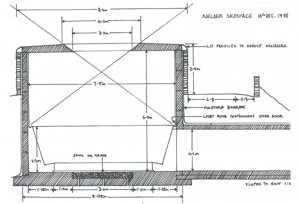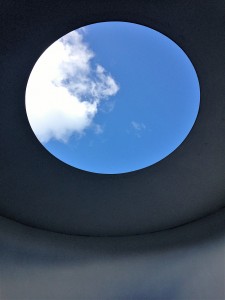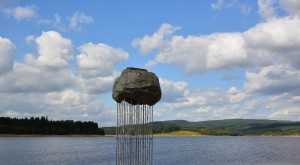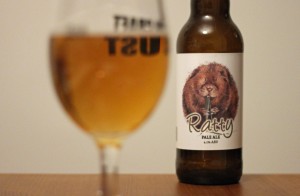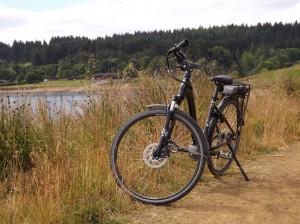Having recently relocated to Northumberland, one of the first things on Ruth Tweddle’s list of things to do on a free weekend was to try out the cycling at Kielder.
On the appointed day the weather was perfect (well, it was dry), the drive not arduous and we arrived safely at Kielder Castle Visitor Centre car park. Once the bikes were removed from their racks and the appropriate level of pre ride maintenance had been administered we were ready for the off.
Due to different cycling abilities and motivations the family split in half. Son number one (age 12) has a serious need to throw himself down hills fast on two wheels so he and dad ventured off to try the “Deadwater Trail”. Son number two (age 10) and I have no need for any such adrenaline rush so we opted for the gentler Lakeside Way. Watches were synchronized and we agreed to rendezvous in a couple of hours for lunch and a debrief.
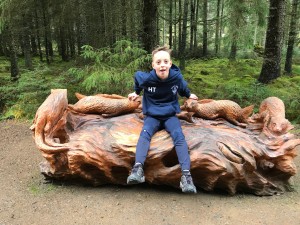 There are two ways to tackle the Lakeside Way, either via the North or the South Shore. After reading the information on the Kielder Water and Forest Park website before our visit we chose to ride on the South Shore as the North Shore doesn’t offer any facilities or have vehicular access. Signage from the car park was clear and easy to navigate; no need for a map. We made good progress up to Bakethin Nature Reserve and just beyond the car park came across a wonderful carved bench with otters, salmon and osprey.
There are two ways to tackle the Lakeside Way, either via the North or the South Shore. After reading the information on the Kielder Water and Forest Park website before our visit we chose to ride on the South Shore as the North Shore doesn’t offer any facilities or have vehicular access. Signage from the car park was clear and easy to navigate; no need for a map. We made good progress up to Bakethin Nature Reserve and just beyond the car park came across a wonderful carved bench with otters, salmon and osprey.
I believe that this was carved by Tommy Craggs as a part of Kielder’s “Living Wild at Kielder” project; it really is a thing of beauty and makes a perfect spot for a photocall.
We carried on our way enjoying the views over Kielder Water and the peace and tranquility the forest environment offers. The paths are well maintained and made for an comfortable cycling experience, although I must admit I had the idea that as the Lakeside Way went round a lake that it would be flat. This was misguided; whilst none will challenge Alpe d’Huez, there are a few ups and downs that certainly raise the heart rate.
The Lewisburn Bridge is at the bottom of one of these descents; a most fabulous curved suspension bridge that fits in beautifully with the environment. We stopped on the bridge and chatted to a couple of walkers and their dog who turned out to be regular visitors at Kielder. They shared how much they loved the place and gave us some recommendations of things to see, notably Silvas Capitalis on the North Shore and the children’s play area at Kielder Waterside!
We had hoped to reach Kielder Waterside to try out said children’s play area, however time was again us and it was evident that son number two’s blood sugar levels were dropping. We turned around in Matthew’s Linn car park and started heading back to Kielder Castle with the promise of sausage, beans and chips focussing the child’s attention.
The return journey was equally as pleasant; we even made it up the hill to the visitors’ centre without dismounting. As luck would have it, the other half of the family had also just arrived back (it was as if we’d planned it) and we went to the cosy Kielder Castle Cafe (or Duke’s Pantry) to swap tales of our bike rides. The Deadwater Trail proved to be a suitably exciting affair with the right level of technical challenges and opportunities to go fast and “get some air”. From this I was secure in the knowledge that we had made the right decision to ride the Lakeside Way.
Once suitably fed and watered our first visit to Kielder came to a close. We will definitely be back, the thrill seekers want to try the Osprey Trail and we leisurely cyclists would like to challenge ourselves to make it all the way to Kielder Waterside and back, about 12 miles. We’re already looking forward to it.
Ruth Tweddle is Tourism Development Officer at Northumberland County Council

